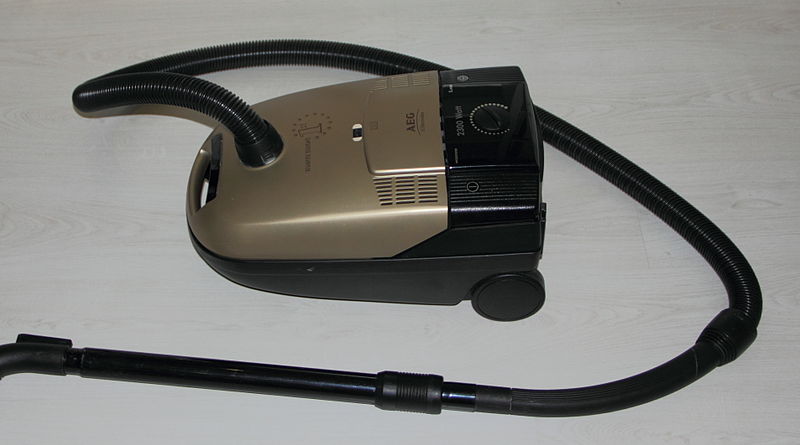Kitchen faucets get a lot of use in our homes, and the water that runs through the faucets can cause a corrosive buildup. So they can get dirty, and it is essential to know how to clean them to make them beautiful and shiny. A basic clean up with rags will help to remove small smudges.
A white kitchen faucet requires extra care and maintenance to maintain its shiny finish. Sometimes individuals find it challenging to maintain the beauty and newness of the faucet as it were before.
How to Clean White Kitchen Faucet:
Step 1: Basic Cleaning
The basic cleaning entails cleaning the soft stains with water. Remove all the small smudges without using any cleaning solution. Wipe the faucet with a wet rag to remove soft stains. Ensure you always blot your faucets dry after they get wet.
For heavy stains, apply a gentle cleaner and wipe down the faucet using a wet rag. You can use all-purpose cleaners or vinegar to clean the faucet. You can mix equal parts of water and white vinegar for the natural cleaner and apply it to your faucet.
Use bleach or vinegar to disinfect your faucet when it comes into contact with bacteria and germs. Avoid using a sponge when applying the solution because they collect germs and bacteria rapidly.
Step 2: Dry off the excess water
Dry off the excess water from the faucet. When the faucet is wet from cleaning or use, wipe it down using a dry rag to remove water—blot water to avoid the accumulation of minerals that creates the buildup that may be difficult to clean.
Step 3: Removing the buildup
Clean the reddish-brown deposits that are formed in a faucet using lemon juice. Iron and rust should be cleaned using acid scouring rubs. Mix the lemon juice and borax to make a paste.
Use the rag to rub off any buildup using the paste. Using ammonia, clean the green deposits gently and flush it with water. Mix equal parts of ammonia and water and apply the mixture on the faucets with a rag. After you have finished, rinse it and flush out to remove the excess ammonia.
For cleaning of the darker buildup, mix hydrogen peroxide with cream of tartar to create the paste. Using a rag rub the paste into the faucet to remove the buildup.
Also, you can mix white vinegar and soap scum to remove the bad watermarks. Mix it with the baking soda and apply it. Then rinse the paste off and dry the faucet.
Step 4: Clean the Edges
Wiping the surface of the kitchen faucet is important, but it will not get the job done. The majority of the faucet collects a lot of dirt around the edges of the faucet where it meets the sink. Using the dish soap with an old toothbrush as the cleaning tool, clean the faucet’s edges. Wipe the faucet dry using the cleaning cloth.
Step 5: Clean the drain section of the sink
Clean the drain areas of your sink because it is part of the faucet that requires the most cleaning. Make sure you use a non-abrasive cleaner like a barkeeper’s friend or soft scrub to clean this part of the faucet. It is essential to test any cleaner you want to use to check if it might damage the finish of the sink.
Step 6: Improving the flow of water
To improve the flow of water, wrap the towel around the filter and unscrew it with the wrench’s help. Wrapping the faucet on the towel helps to prevent it from scratches. Remove the filter and disassemble it. With warm water available, run the filter to remove all the dirt.
Use the toothbrush to all those spots that are hard to reach and clean all the buildup. To remove the calcium on the filter, boil the filter in the vinegar solution. Allow it to sit for one hour and then rinse the filter after it cools. Reinstall the filter for effective use.
Things to avoid while cleaning a white faucet
Cleaning the white kitchen faucet is important because it ensures the faucet maintains its beauty and stylish finish. When cleaning, it is essential to avoid certain things. Below is a list of things to avoid while cleaning the white faucet.
- Avoid the use of scouring brushes and other abrasive brushes. If you use these abrasive brushes in cleaning your white faucet, they may leave permanent spots on the faucet. Instead, you can use the right cleaning materials to remove burdensome and stubborn stains.
- Avoid the use of vinegar on white faucets made of iron. Using vinegar on these faucets will damage them. It is, therefore, essential to avoid it.
If you are not sure if your faucet is made of iron, using a small amount of vinegar, rub the faucet with a cloth to see if it comes off. If there is a stain on the cloth, then do not continue.
- Always be careful with the finish of the faucet. Modern white faucets feature a chrome finish. So if your faucet does not have a chrome finish, ensure you select the ideal cleaning products.
Conclusion
White kitchen faucets are prone to buildups of minerals, corrosion, and frankly. This is something many individuals are guilty of ignoring. We have shown you how to clean the white faucets, whether for the kitchen or bathroom.
A clean and shiny kitchen faucet, relieved of any muck or microbes, will improve the kitchen’s looks, not to mention the functionality of the faucet itself. Therefore, it is essential to follow up on the above steps to clean your white faucet effectively. They are easy to follow. Also, you will learn some of the things to avoid while cleaning your white faucet.








